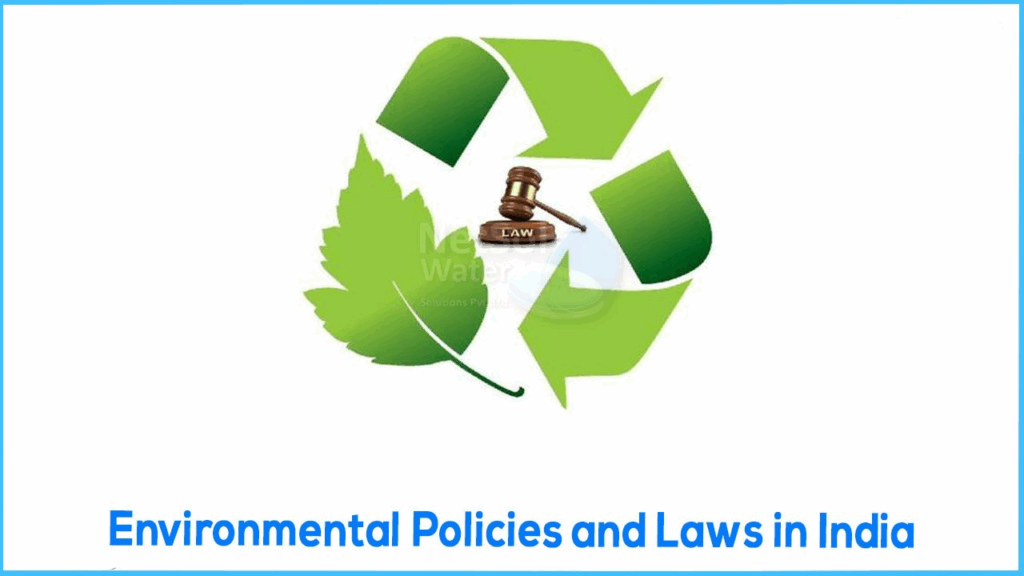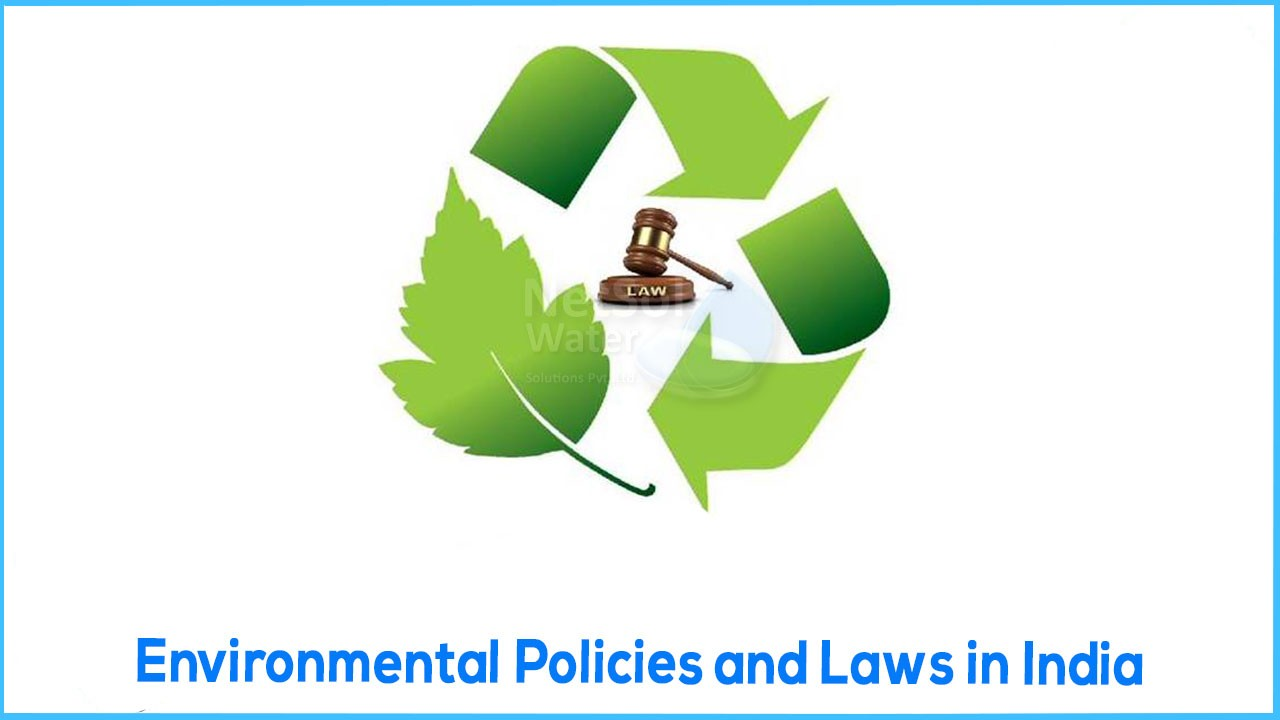
India’s journey in environmental governance reflects the global evolution of ecological awareness and sustainable development. From the 1972 Stockholm Conference on Human Environment to the 2015 Paris Agreement, India has steadily built a robust framework of laws, policies, and institutions to address the growing environmental crisis. This evolution has been shaped by international commitments, judicial interventions, and grassroots movements, making India a key player in global environmental governance.
The Stockholm Conference, 1972: A Turning Point
India’s participation in the United Nations Conference on the Human Environment at Stockholm (1972) was a watershed moment. Prime Minister Indira Gandhi famously declared that “poverty is the greatest polluter.” This marked the beginning of India’s recognition of environmental issues at the global stage.
- National Impact:
- Establishment of the National Council for Environmental Policy and Planning (later became the Ministry of Environment and Forests in 1985).
- Introduction of early environmental laws like the Water (Prevention and Control of Pollution) Act, 1974.
- Creation of the Central Pollution Control Board (CPCB) to regulate pollution.
Post-Stockholm Phase: Building the Legal Framework
The 1970s and 1980s were crucial decades for India’s environmental legislation.
- Air (Prevention and Control of Pollution) Act, 1981: Responded to air pollution concerns.
- Environment (Protection) Act, 1986: Enacted after the Bhopal Gas Tragedy, this umbrella law empowered the central government to regulate all aspects of the environment.
- Forest Conservation Act, 1980 and Wildlife Protection Act, 1972: Strengthened conservation measures.
This phase established the basic legal framework for environmental governance.
The Rio Summit, 1992: Sustainable Development Era
The Earth Summit at Rio de Janeiro (1992) introduced global principles such as the Precautionary Principle, Polluter Pays Principle, and Agenda 21. India integrated these into its policies.
- National Impact:
- Emphasis on Environmental Impact Assessments (EIA) for developmental projects.
- Recognition of sustainable development as a constitutional obligation.
- Judicial activism expanded Article 21 (Right to Life) to include the Right to a Healthy Environment.
The Kyoto Protocol, 1997: Climate Action Begins
The Kyoto Protocol brought legally binding commitments for emission reductions. As a developing country, India had no mandatory targets but took proactive steps.
- National Impact:
- Adoption of the Energy Conservation Act, 2001.
- Promotion of renewable energy programs and clean development mechanisms (CDM).
- Strengthening of climate change negotiations to protect developmental space for poorer nations.
The 2000s: Institutional Strengthening
India recognized the need for specialized bodies to handle environmental issues.
- National Environment Policy, 2006: A comprehensive framework to integrate environmental concerns into all sectors.
- National Green Tribunal (NGT), 2010: Established for speedy resolution of environmental disputes.
- Greater emphasis on community participation and conservation initiatives.
The Paris Agreement, 2015: India as a Global Leader
The Paris Climate Agreement (2015) marked a new era of climate governance. India played a central role, advocating the principle of common but differentiated responsibilities.
- National Commitments (INDCs):
- Reduce emission intensity of GDP by 33–35% from 2005 levels by 2030.
- Achieve 40% electricity capacity from non-fossil fuels.
- Create an additional carbon sink of 2.5–3 billion tonnes of CO2 through forest and tree cover.
- Domestic Actions:
- Launch of the National Action Plan on Climate Change (NAPCC) and State Action Plans.
- Expansion of renewable energy, especially solar and wind.
- Promotion of green finance and energy efficiency.
Contemporary Challenges and the Way Forward
Despite progress, India faces critical challenges in environmental governance:
- Weak enforcement of laws and overlapping institutional responsibilities.
- Rising air pollution, groundwater depletion, and waste management issues.
- Balancing economic growth with ecological sustainability.
- Need for stronger public participation and climate adaptation measures.
Moving forward, India must strengthen its governance framework by enhancing institutional capacity, integrating climate resilience into development planning, and promoting global cooperation.
Overview Table
| International Event | National Response in India | Key Outcomes |
|---|---|---|
| Stockholm, 1972 | National Council for Environment, Water Act 1974 | Environmental governance begins |
| Bhopal Tragedy, 1984 | Environment Protection Act, 1986 | Comprehensive umbrella legislation |
| Rio Summit, 1992 | Sustainable Development in policies, EIAs | Integration of global principles |
| Kyoto Protocol, 1997 | Energy Conservation Act 2001, CDM projects | Climate action framework |
| National Policy Era, 2006–2010 | NEP 2006, NGT 2010 | Stronger institutions and dispute resolution |
| Paris Agreement, 2015 | INDCs, NAPCC, Renewable energy expansion | Global leadership in climate commitments |
FAQs
Q1. What was the impact of the Stockholm Conference on India?
It led to the creation of the National Council for Environmental Policy and the Water Act of 1974, marking the start of structured governance.
Q2. How did the Bhopal Gas Tragedy shape India’s environmental laws?
It prompted the enactment of the Environment (Protection) Act, 1986, giving the government wide powers to regulate pollution.
Q3. What are India’s key commitments under the Paris Agreement?
India pledged to reduce emission intensity, expand renewable energy, and increase carbon sinks through afforestation.

